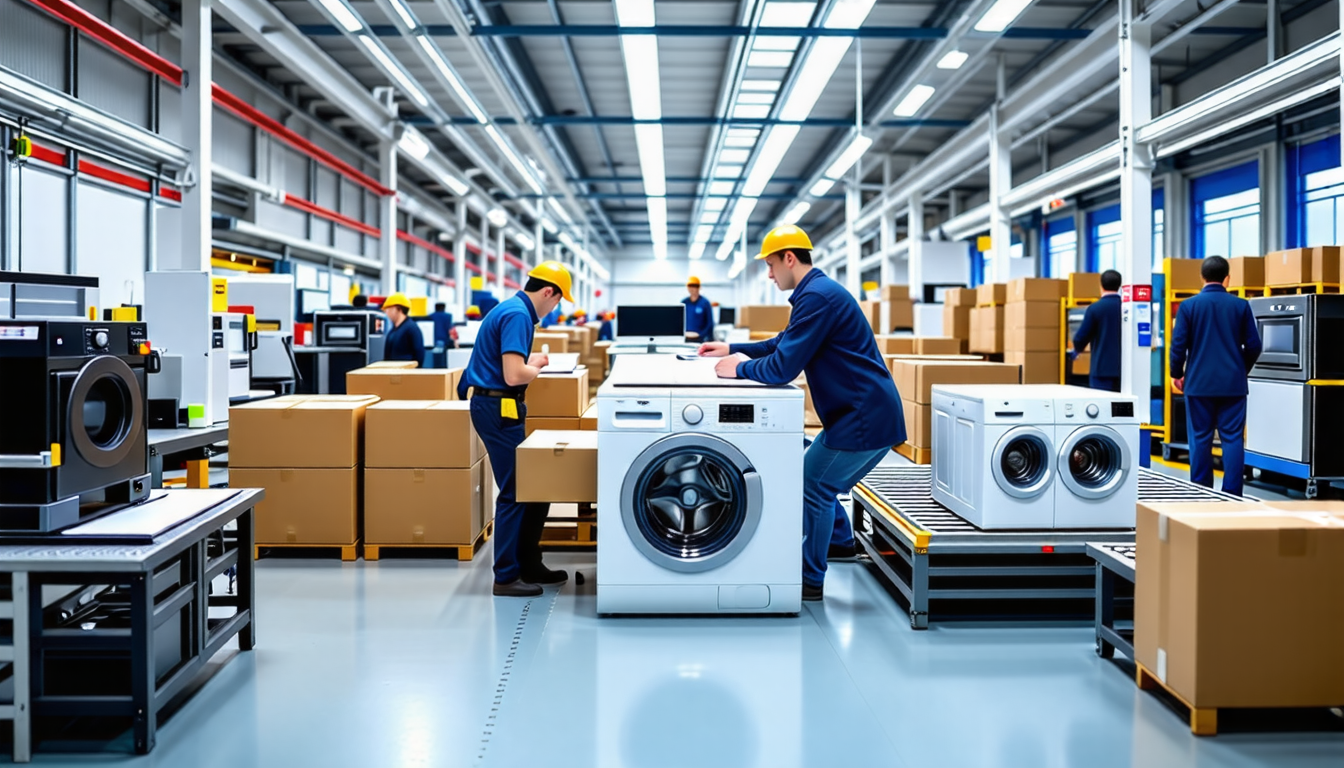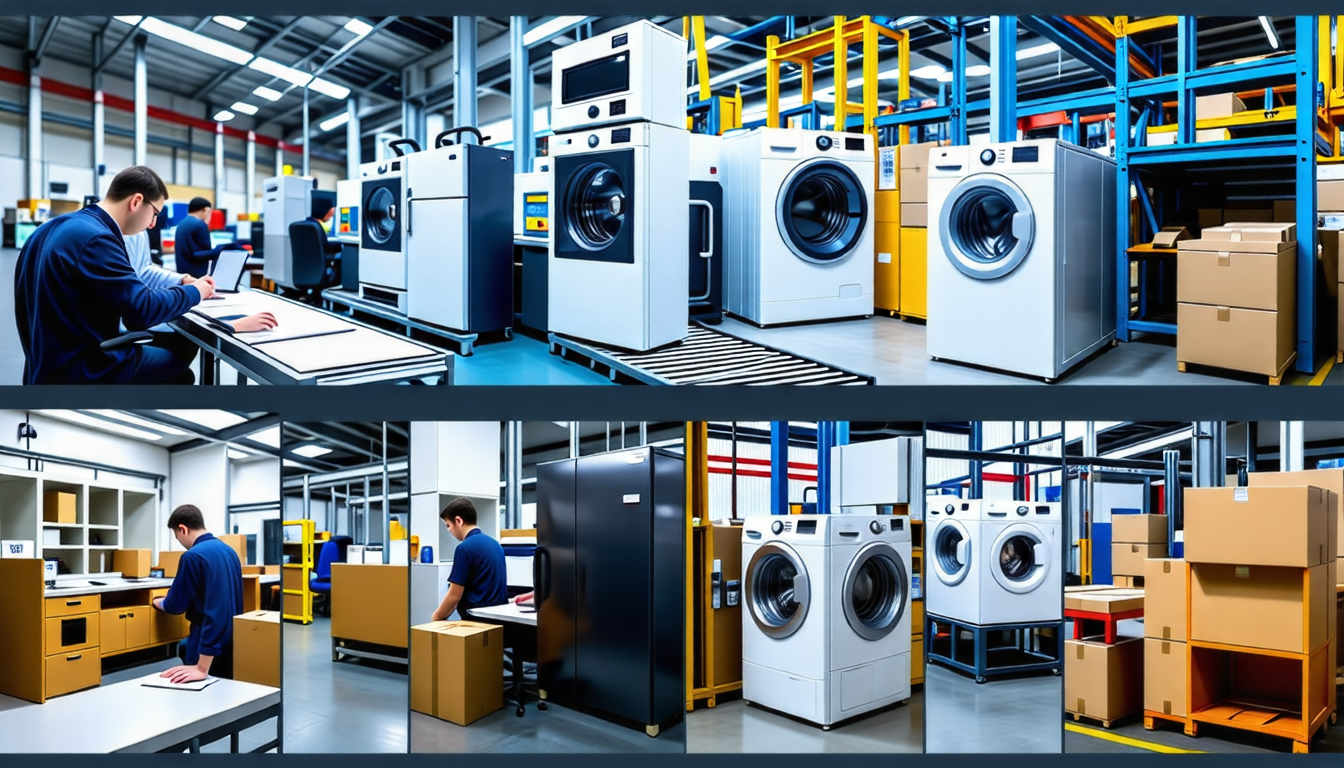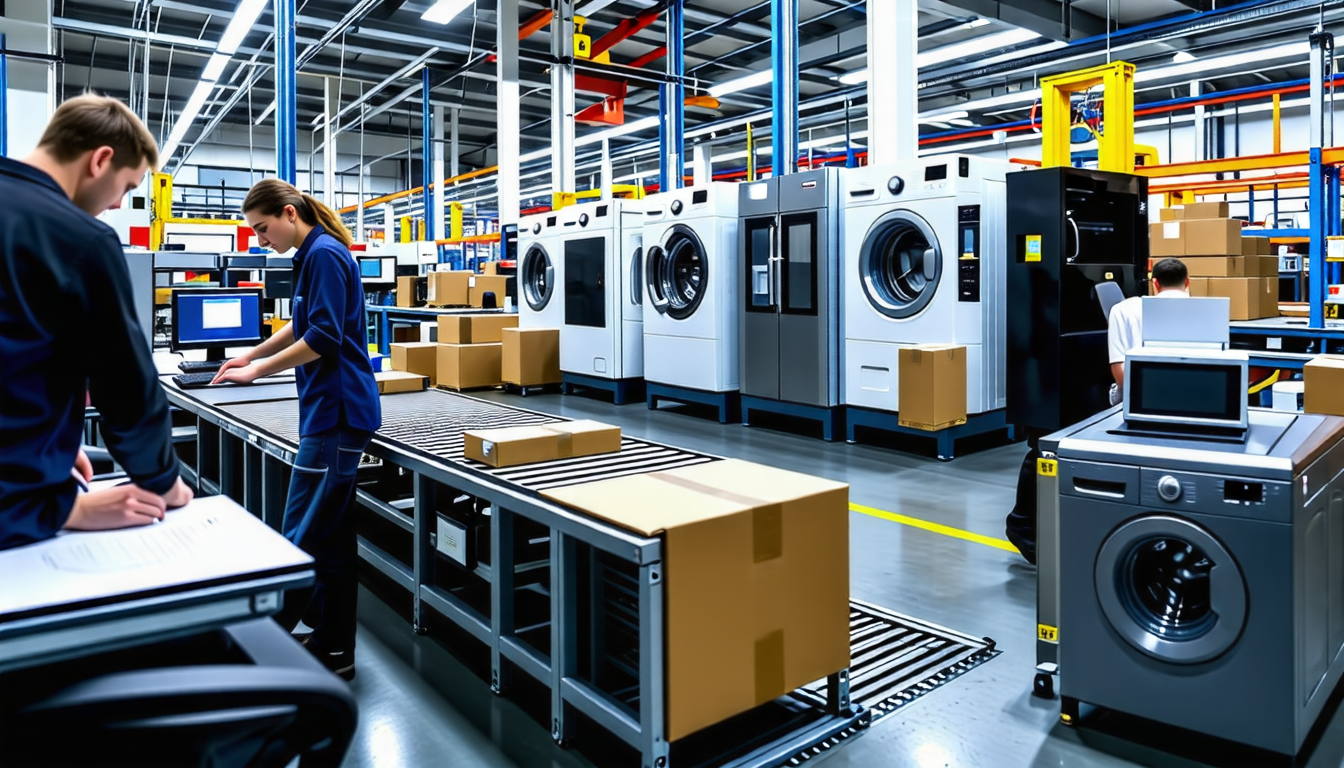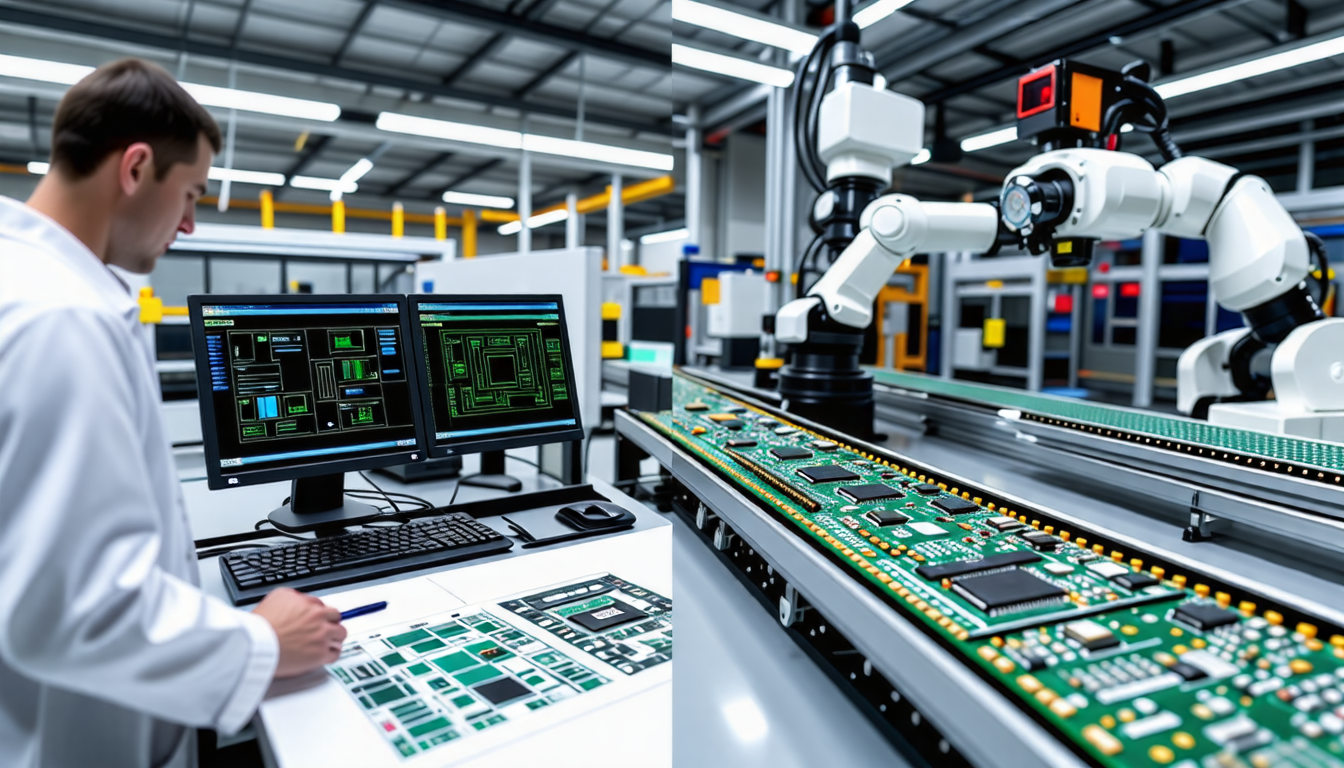|
IN BRIEF
|
In a world where convenience reigns supreme, the manufacturing process of home appliances plays a pivotal role in shaping our daily lives. Every gadget we use, from refrigerators to washing machines, embarks on a well-structured journey through a series of meticulously crafted stages. These stages transform raw materials into essential tools that enhance our comfort and efficiency. Behind the scenes, engineers and designers collaborate to manifest innovation, ensuring that each appliance meets the highest standards of quality and functionality. The intricate dance of assembly, testing, and production ultimately gives rise to products that not only serve practical purposes but also redefine the modern household. Join us as we delve into the key stages that underpin this fascinating industry.

The manufacturing journey of home appliances is intricate, involving several essential stages. Each phase is designed to ensure that the final product meets the highest standards of quality and performance. Understanding these stages offers insights into the complexity and precision required in appliance production.
Emerging Technologies in Manufacturing
The manufacturing landscape is rapidly evolving with the integration of emerging technologies. Advanced manufacturing techniques such as 3D printing, robotics, and IoT are changing how home appliances are produced.
Robotics and Automation
The use of robotics in assembly lines increases efficiency and consistency. Automated systems can perform repetitive tasks with precision, significantly reducing the margin for errors. Manufacturers can focus on more complex aspects of production while robots handle the routine processes.
IoT Integration
As the Internet of Things (IoT) continues to redefine consumer expectations, manufacturers are increasingly integrating smart technology into products. This integration not only enhances the functionality of home appliances but also opens up new avenues for remote monitoring and control, delivering added convenience to users.
Through these technological advancements, manufacturers can create smarter, more efficient appliances that align with modern demands and lifestyles.
Comprehending the key stages in the manufacturing process of home appliances presents a clearer picture of the complexity involved. When these stages are highlighted, it becomes apparent how each contributes to the end product’s quality and effectiveness. From requirement gathering through to after-sales service and sustainability initiatives, every step plays a significant role in creating appliances that enhance daily living while adhering to modern standards and expectations.
Development
Once the planning and design are finalized, the next step is development. This stage focuses on creating prototypes, which serve as the initial working model of the appliance. Development teams pay close attention to creating a balanced product that incorporates all necessary functionalities while adhering to the design specifications.
Prototyping plays a vital role in visualizing the product and identifying potential design flaws. During this phase, adjustments and improvements are made based on practical assessments to align with the initial requirements.
Prototyping
The prototyping phase is not just about creating a single version of the appliance. Multiple prototypes may be developed to test different designs, mechanisms, and materials. Engaging in detailed prototyping helps identify how the appliance performs under various conditions, including stress tests and electrical standards. Feedback from testing the prototypes leads to refinements and further enhancements.
Testing
Once the prototypes are established, rigorous testing is performed to ensure that they function correctly and safely. This involves a battery of tests covering various aspects such as usability, durability, and performance. For example, testing may include energy efficiency assessments and safety evaluations against national and international regulations.
Notably, feedback from testing can result in significant design modifications, enhancing the reliability and functionality of the appliances before they enter full production. This stage is crucial, as it directly impacts customer satisfaction and brand reputation.
Production
After thorough testing and necessary modifications, production begins. This is where the plans become tangible as raw materials are transformed into functional appliances. The production phase comprises several established steps, including sheet feeding, where raw materials are fed into the manufacturing lines.
The assembly line process often utilizes both automated systems and manual labor. For instance, in the assembly of home appliances, stages such as bending, unloading, turning, and manual riveting are crucial in ensuring that each component is securely attached and integrated. Each assembly line is designed to streamline the process, reducing time and increasing productivity.
Quality Control
A critical aspect of the production process is quality control. As appliances come off the assembly line, they undergo several checks to ensure compliance with quality standards. Quality assurance checks may involve visual inspections, functional tests, and ensuring that all safety regulations are met.
This phase addresses potential defects early on in the production line. A robust quality control system not only safeguards the consumer but also enhances the manufacturer’s reputation by ensuring consistency in product quality.
Final Packaging and Shipping
Once the appliances pass the rigorous quality checks, they enter the final packaging phase. Packaging is essential, as it ensures that appliances are securely transported to retailers while also effectively marketing the product. Innovative packaging designs can enhance visibility and appeal on the shelves, making them more enticing to consumers.
After packaging, the next step involves organizing logistics for shipment to wholesaler and retailers. This may require well-coordinated logistics strategies to ensure timely delivery while minimizing costs associated with transportation.

The manufacturing process of home appliances is not only complex but also essential for delivering quality and efficient products to consumers. Typically, this process can be divided into several crucial stages. Firstly, requirement gathering is key, as manufacturers must understand consumer needs, which vary considerably across the global market. This phase sets the foundation for subsequent stages.
Next, design and prototype development become vital. Utilizing advanced computer-aided design (CAD) technologies, engineers create models and simulations to optimize functionality. Following this, rigorous testing ensures that products meet safety and efficiency standards, significantly reducing the risk of recalls which can cost companies millions. In fact, testing failures can lead to up to a 30% increase in production costs, making it a fundamental step.
The production phase involves transforming raw materials into finished goods through methods like injection molding and assembly lines. With the quest for sustainability, many manufacturers are also adopting lean practices to minimize waste, illustrating how the industry is evolving. Lastly, after-sales support ensures that consumers remain satisfied, which is crucial for brand loyalty.
Explore more insights on this dynamic sector here.

The manufacturing process of home appliances is a fascinating journey involving multiple key stages that transform raw materials into functional products. Each step is essential, starting from requirement gathering, where the needs of consumers shape the product design. The planning and design phase sets the blueprint, followed by the development and prototype stages, which turn concepts into tangible models. Rigorous testing ensures quality and safety before moving into production, where mass manufacturing takes place. Finally, the after-sales support closes the loop by ensuring customer satisfaction. This comprehensive approach not only enhances efficiency but also elevates the overall quality of home appliances, meeting the ever-evolving demands of consumers.
FAQ
What are the key stages in the manufacturing process of home appliances?
R: The key stages in the manufacturing process typically include design, prototyping, material sourcing, assembly, testing, and packaging.
How important is the design phase?
R: The design phase is crucial as it sets the foundation for the product, determining its functionality, aesthetics, and manufacturing feasibility.
What role does prototyping play in appliance manufacturing?
R: Prototyping allows manufacturers to create a preliminary version of the appliance, testing its features and making necessary adjustments before mass production.
Why is testing essential in the manufacturing process?
R: Testing ensures that the appliances meet safety and performance standards, helping to identify any potential issues before the product reaches consumers.
What happens during the assembly stage?
R: During the assembly stage, various components are put together to create the final product, which includes processes such as bonding, sealing, and quality checks.

